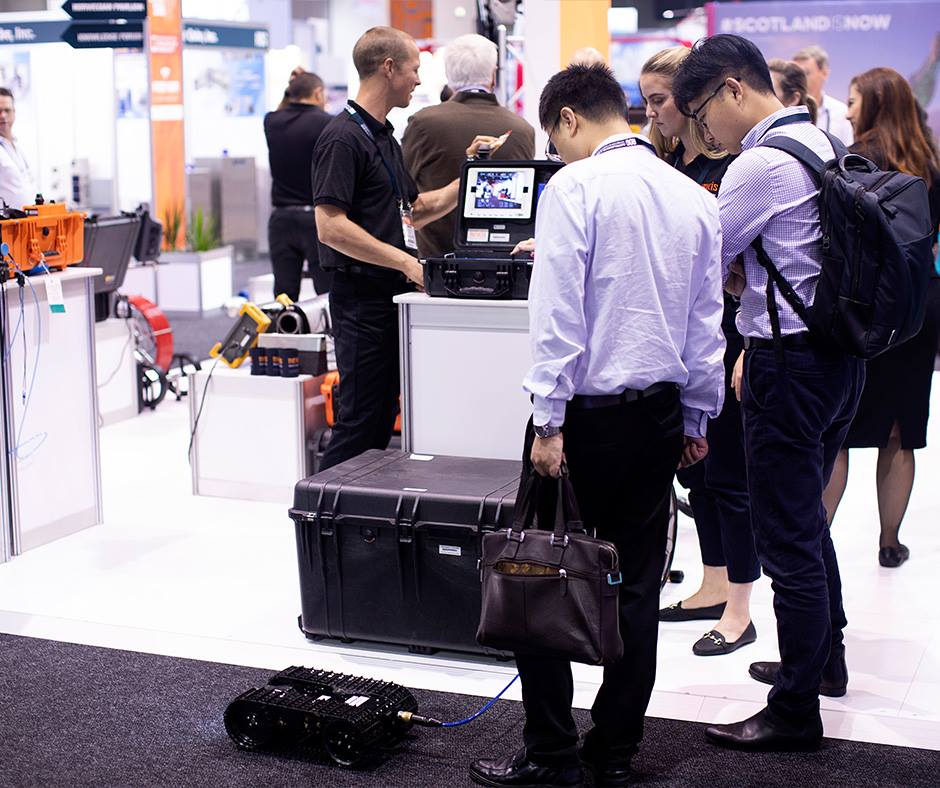What Is A TRL?

Given that technology is evolving at such a frenetic pace, does it make sense to still be using a method of categorising the maturity level of a particular technology that was originally conceived way back in 1974?
Technology Readiness Levels (TRLs) were invented by NASA and formalised by them in 1989 by which time they were already in widespread use at the organisation. In the years that followed, this measurement system gained widespread acceptance and was adopted by the US Department of Defence, the EU and the ISO – and it is still used to this day.
The TRL scale evaluates and ranks technological products, processes or services from basic research through to proven deployment. Many have found it very useful in categorising development stages and helping to define the scope of a project, its progress, timelines and resourcing requirements. Many research grants and development funding programmes use the TRLs to assess the precise stage of a product or technology and use them as means of determining eligibility for funding or investment.
However, there are some who question its relevance and sophistication in our rapidly evolving world especially where emerging technologies are dependent on one another and where the development of an actual physical unit or device (such as a robot) requires the development of equally complex software in order to function. In addition, the TRL scale comes up short when individual technologies in an end product are ranked with the same value when some of the new technologies should actually be considered more important.
Nonetheless, the TRL does provide a fascinating framework against which the progress of technological innovations and product developments are measured. It’s concise, easy to understand and use and it’s easy to communicate. It’s also a valuable framework for tech-scouts to evaluate the value of a possible new technology opportunity.
The TRLs are based on a scale from 1 to 9 with 9 being the most mature technology. Each level has defined parameters that have to be met in order to demonstrate the various milestones of technological development. That said, product development and technological innovation isn’t necessarily a linear process and the various levels recognise this and have been structured accordingly.
So whether you’re an ‘early adopter’ of technology, a ‘wait-and-see’ or a ‘dinosaur’, you’ll be interested to see how this official scale works.
Here are the TRL’s nine phases of technology readiness from www.mentorworks.ca:
| Technology Readiness Level | Innovation Activities |
| 1. Concept Evaluation | The translation of scientific research into applied research. This is mostly exploration of a technology’s basic properties. |
| 2. Technology Evaluation | The study of how technologies could be applied in the market. This is the point where the project’s direction takes form. |
| 3. Proof-of-Concept Research | At this phase, active R&D begins and a technological solution is developed. This stage looks at the critical function of the technology and asks, “what is required for this technology to meet the application’s requirements?”. |
| 4. Early-Stage Prototype Development | The integration and testing of basic components in a laboratory environment. This can be done multiple times during technology development to ensure that the technology is progressing toward its desired purpose. |
| 5. Late-Stage Prototype Development | The integration and testing of basic components in a simulated environment. This is done following lab testing and usually involves accessing better testing equipment to identify potential issues. |
| 6. Simulated Environment Pilot | Upon completion of the technology’s design, final testing can commence. This will provide data critical to the commercialization phase where the technology is applied. |
| 7. Operational Environment Demonstration | Using the prototype in an operational environment to understand how it performs in non-simulated testing. Further development may be required to address performance issues. |
| 8. Final Testing and Evaluation | Upon further testing, the technology has proven itself to be successful under normal operating conditions. |
| 9. Successful Deployment | The application of a technology, in its final form, in real-life conditions. |
So when you invest in any new technology that has come to market, you have the peace-of-mind that it has undergone an extensive formalised process of evaluation and testing. Good to know, especially if your business runs mission-critical equipment that has to be tested regularly to ensure safety, reliability and optimum performance.
Non-destructive testing and remote visual inspection technologies play a crucial role in the safe and efficient operation of equipment and machinery across all industries, from power generation and mining to oil & gas and marine, and new products are continually coming to market which raise the bar with regards to efficiency, precision, versatility and risk-management.
If you’re interested in learning more about new NDT and RVI technologies (which have undergone the full length of the TRL before being deployed commercially), get in touch with the technical equipment experts in Australia, Nexxis.
